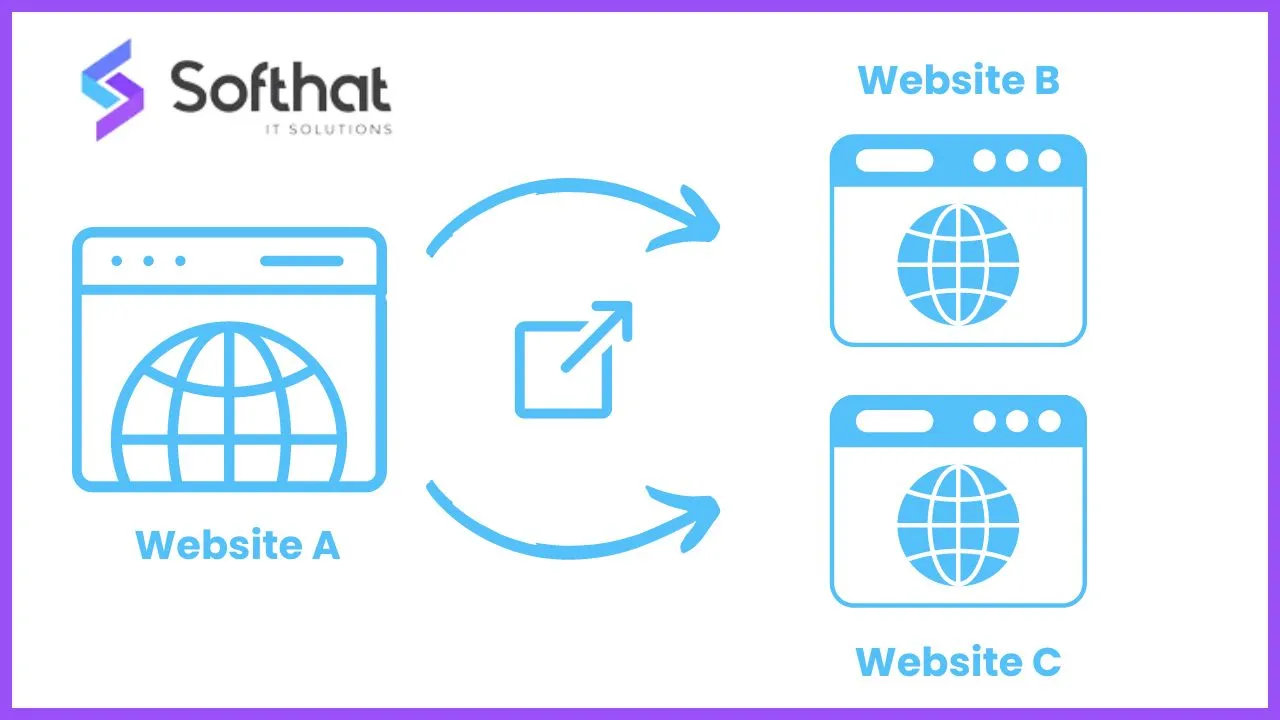
Table of Contents
In the realm of web development and SEO, external links play a crucial role in connecting your content with the wider internet. They not only enhance user experience but also contribute to your website’s authority and search engine rankings. In this article, we will explain what external links are, their importance, and how to add them in HTML effectively.
What Are External Links?
1. Definition:
- External links, also known as outbound links, are hyperlinks that point from one website to another. These links direct users from your website to a different domain.
2. Types of External Links:
- Natural Links: Links that other websites voluntarily provide to your content.
- Manually Built Links: Links acquired through deliberate efforts, such as outreach or partnerships.
- Self-Created Links: Links added to various online platforms, such as forums, directories, or comments.
Importance of External Links
1. Enhanced User Experience: External links provide additional resources and references for users, enriching their knowledge and experience on your site.
2. Improved SEO and Authority: Search engines consider external links as indicators of your content's credibility and relevance. Linking to authoritative sources can improve your site's authority and search engine rankings.
3. Building Relationships: By linking to other websites, you can build relationships with other content creators and websites. This can lead to reciprocal linking and collaboration opportunities.
4. Increased Traffic: External links can drive traffic to your website when other sites link back to your content. Quality external links can attract a wider audience and potential customers.
How to Add External Links in HTML
1. Basic HTML Syntax:
Adding an external link in HTML involves using the anchor (<a>) tag. The href attribute specifies the URL of the external page.
<a href="https://www.example.com">Link Text</a>2. Opening Links in a New Tab:
To open the external link in a new tab, add the target="_blank" attribute to the anchor tag.
<a href="https://www.example.com" target="_blank">Link Text</a>3. Adding Title Attribute:
The title attribute provides additional information about the link when users hover over it.
<a href="https://www.example.com" target="_blank" title="Example Site">Link Text</a>4. Using Rel Attribute:
The rel attribute specifies the relationship between the current document and the linked document. For external links, it's common to use rel="noopener noreferrer" for security reasons.
<a href="https://www.example.com" target="_blank" rel="noopener noreferrer">Link Text</a>5. Best Practices for Adding External Links:
- Link to Relevant Content: Ensure that the external links you add are relevant to your content and provide additional value to your readers.
- Use Descriptive Anchor Text: The anchor text should clearly describe what the linked page is about.
- Check for Broken Links: Regularly verify that your external links are not broken and lead to active, reputable sites.
- Avoid Overlinking: Don’t overpopulate your content with too many external links, as it can distract readers and dilute your SEO efforts.
Conclusion on What Are External Links & How to Add External Links in HTML
External links are essential for enhancing user experience, improving SEO, and building credibility. By understanding their importance and following best practices for adding them in HTML, you can effectively leverage external links to benefit your website and audience.
Enhance Your Website with Quality External Links
At Softhat IT Solutions, we specialize in optimizing websites with effective external linking strategies. Unlock the full potential of your content with our expertise. Contact us to learn more about our web development and SEO services.
